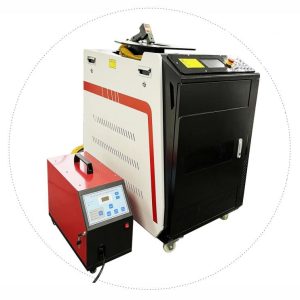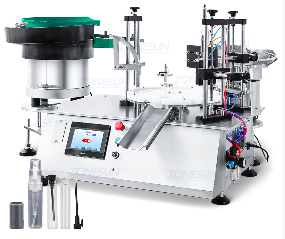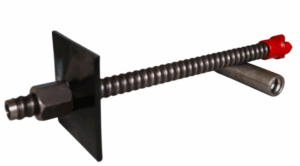Handheld laser welding machines offer flexibility and convenience, producing strong and aesthetically pleasing seams compared to traditional welding methods like TIG and argon arc welding. These machines can effectively weld materials such as stainless steel, galvanized sheets, iron, and aluminum, resulting in consistent and high-quality products.
However, using and maintaining handheld laser welding machines can present challenges. When properly utilized and maintained, these machines generate concentrated heat sources that allow for deep welding. This guide provides insights on how to effectively use and maintain a handheld laser welding machine.
Table of Contents
ToggleUsing the Handheld Laser Welding Machine
To maximize the effectiveness of a handheld laser welding machine, proper training is essential. Understanding the buttons, system indicators, and basic operational principles will enhance safety and efficiency. Training will also help users learn how to inspect wiring and ensure a safe working environment.
Safety measures are critical when using laser welding machines. For instance, avoid placing flammable materials near the control cabinet, and ensure that the workspace temperature does not exceed 35°C. Additionally, check for any leaks of electricity, water, or air before operation.

Maintenance of the Handheld Laser Welding Machine
Regular maintenance is vital for the optimal performance of a handheld laser welding machine. One of the primary concerns is dust accumulation due to the machine’s cooling system. Dust can build up over time, impacting the machine’s performance. Therefore, it’s important to clean the machine regularly.
Here are some key maintenance practices:
- Inspect and Clean the Nozzles: Regularly check and replace the copper nozzles to ensure efficient operation.
- Monitor Water Levels: Check the water level in the chiller frequently. Maintaining adequate water levels is crucial for cooling the machine effectively.
- Replace Protective Lenses: The protective lenses can become damaged or dirty, affecting the laser’s performance. Regular replacement is necessary to maintain quality output.
- Inspect Connections: Regularly check all connection points for any signs of wear or damage. Replace any defective parts immediately to avoid further complications.
- Clean Internal Components: Ensure that the cooling system’s internal components are free of dust and debris. Cleaning these components helps maintain optimal airflow and cooling efficiency.
Additionally, ensure that the cooling water used in the machine is pure. Regular checks of the internal circulating water are recommended, ideally once a month. If any discoloration is observed in the exchange column, particularly a shift to black or brown, it’s crucial to replace it immediately.
By adhering to these maintenance guidelines, users can significantly reduce the likelihood of machine failure. Regular upkeep not only extends the lifespan of the handheld laser welding machine but also enhances its overall efficiency.
Daily maintenance tasks include thorough equipment inspections and the timely replacement of cooling water. Consistent attention to these details ensures that the machine operates smoothly and reliably, allowing users to achieve the best results.
In summary, regular use and maintenance of a handheld laser welding machine are essential for optimal performance and longevity. By following safety protocols and maintenance recommendations, users can enjoy the full benefits of their equipment.
For more information on laser welding solutions and support resources, consider exploring reputable providers that offer comprehensive training and maintenance services.
0




